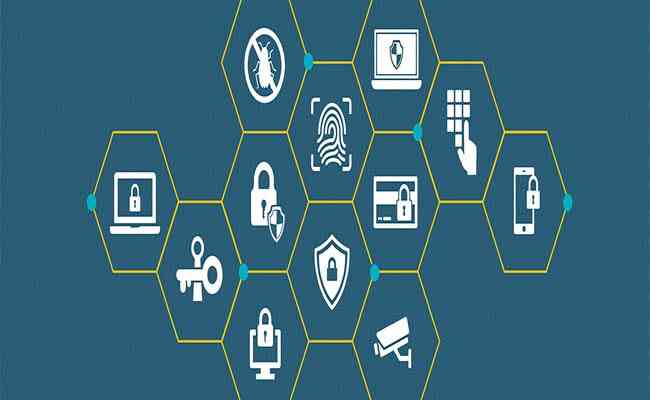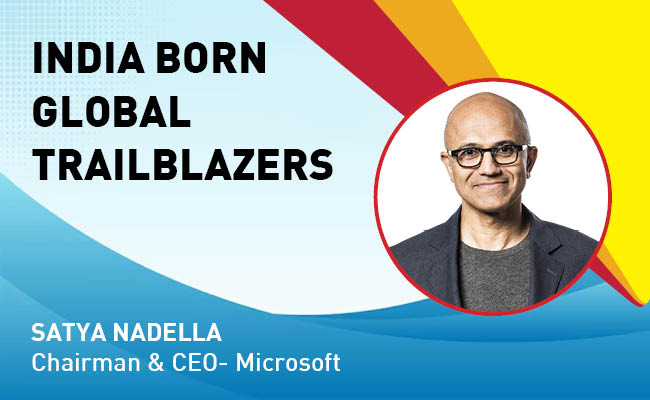Building of a secure infrastructure is highly essential to stop malicious activity
By MYBRANDBOOK

It is important to have an application security since no app is created perfectly. It is possible for any application to comprise of vulnerabilities, or holes, that are used by attackers to enter your network. Application security thus encompasses the software, hardware, and processes you select for closing those holes.
The malicious activity detection is only the starting point for attack investigation. To develop response and remediation measures, security analysts need to identify the target of attack, the origin of a malicious object, its popularity, etc. A report says that, almost three quarters (72%) of the analyzed malicious files fell into three categories: Trojans, Backdoors, and Droppers. In most cases, the suspicious uploaded files turned out to be Trojans (25% of requests), Backdoors (24%) – malware that gives an attacker remote control over a computer – and Trojan-Droppers (23%) that install other malicious objects.
A new botnet Reaper, which is much more dangerous than the last years Mirai (which broke targeted devices by guessing their ‘admin password’; however, Reaper is using an advanced version of the Mirai’s code to exploit known vulnerabilities and then look for other devices for further spreading the infection.) ‘Reaper’ is a botnet that uses advanced brute forcing and hacking techniques to break into IoT devices, such as wireless IP cameras and routers that are not properly secured (including weak or default password protection). Hackers are using the pre-set list of modules as well as programs that search for vulnerabilities of IoT devices.
The Maharashtra Cyber Cell Department has sent out an advisory to inform the public, government departments & corporates about a new botnet named ‘Reaper’ (‘or loTroop’) which is spreading in many countries across the globe. ‘Reaper’ is a botnet that uses advanced brute forcing and hacking techniques to break into IoT devices, such as wireless IP cameras and routers that are not properly secured (including weak or default password protection). Hackers are using the pre-set list of modules as well as programs that search for vulnerabilities of IoT devices.
Many technology companies speaks on how to accelerate the innovation, which can significantly boost productivity with AI and IoT. It is absolutely true that, with the combination of IoT and rapidly advancing AI technology, it is expected to create 'smart machines' that simulate intelligent behaviour to make well-informed decisions with little or no human intervention.
Now, with the invention of IoT botnet, which is a collection of compromised IoT devices such as cameras, routers, DVRs, wearables and other embedded technology that is infected with malware. It allows an attacker to control them and carry out tasks just like a traditional PC botnet.
As many IoT devices come with poor security features such as predictable admin credentials and open ports for remote access. Hackers typically compromise these devices via brute force login or inject malware via an open port or vulnerable service. In many cases, hackers leverage these exploits after researchers disclose a vulnerability. Many leading technology companies products been found compromised with this botnet. Reaper begins by scanning for TCP open ports and attempts to run execute the exploit included in it’s botnet.
Cybercriminals will continue to use IoT devices to facilitate DDoS attacks. While many of your connected devices cannot be protected, the router has the ability to provide protection at the entry point. The Router makers will likely continue to seek new ways to boost security. We have to stay in a big hope the innovation would continue to safeguard all the futuristic technologies.


Legal Battle Over IT Act Intensifies Amid Musk’s India Plans
The outcome of the legal dispute between X Corp and the Indian government c...

Wipro inks 10-year deal with Phoenix Group's ReAssure UK worth
The agreement, executed through Wipro and its 100% subsidiary,...

Centre announces that DPDP Rules nearing Finalisation by April
The government seeks to refine the rules for robust data protection, ensuri...

Home Ministry cracks down on PoS agents in digital arrest scam
Digital arrest scams are a growing cybercrime where victims are coerced or ...


Icons Of India : GAUTAM ADANI CHAIRMAN ADANI GROUP
Gautam Adani is the Founder and Chairman of the Adani Group, which ran...

ICONS OF INDIA : SHAILENDER KUMAR
Shailender Kumar is senior vice president and regional managing direct...

Icons Of India : ASHISH KUMAR CHAUHAN
Ashish kumar Chauhan, an Indian business executive and administrator, ...


DRDO - Defence Research and Development Organisation
DRDO responsible for the development of technology for use by the mili...

LIC - Life Insurance Corporation of India
LIC is the largest state-owned life insurance company in India...

C-DAC - Centre for Development of Advanced Computing
C-DAC is uniquely positioned in the field of advanced computing...


Indian Tech Talent Excelling The Tech World - Thomas Kurian, CEO- Google Cloud
Thomas Kurian, the CEO of Google Cloud, has been instrumental in expan...

Indian Tech Talent Excelling The Tech World - Satya Nadella, Chairman & CEO- Microsoft
Satya Nadella, the Chairman and CEO of Microsoft, recently emphasized ...

Indian Tech Talent Excelling The Tech World - RAVI KUMAR S, CEO- Cognizant
Ravi Kumar S, appointed as CEO of Cognizant in January 2023, sets the ...
 of images belongs to the respective copyright holders
of images belongs to the respective copyright holders